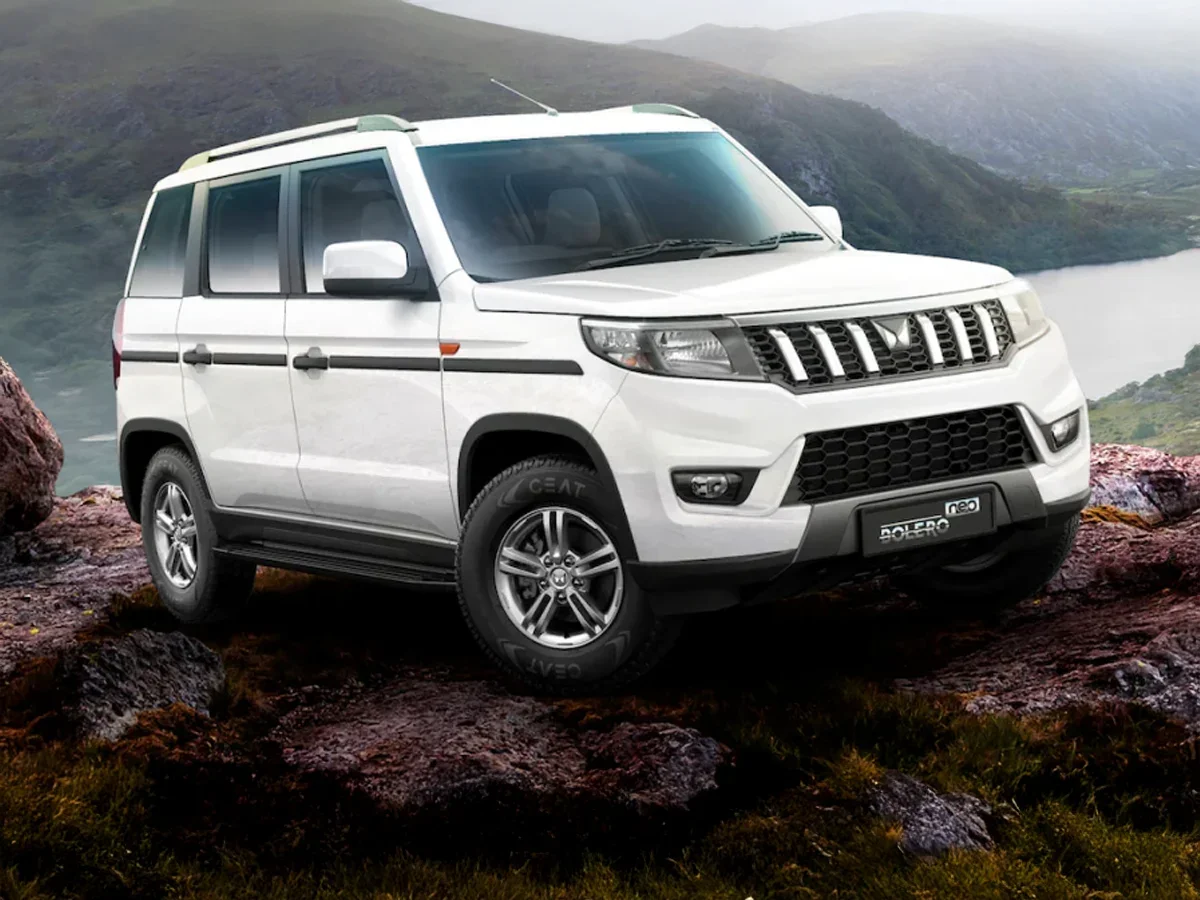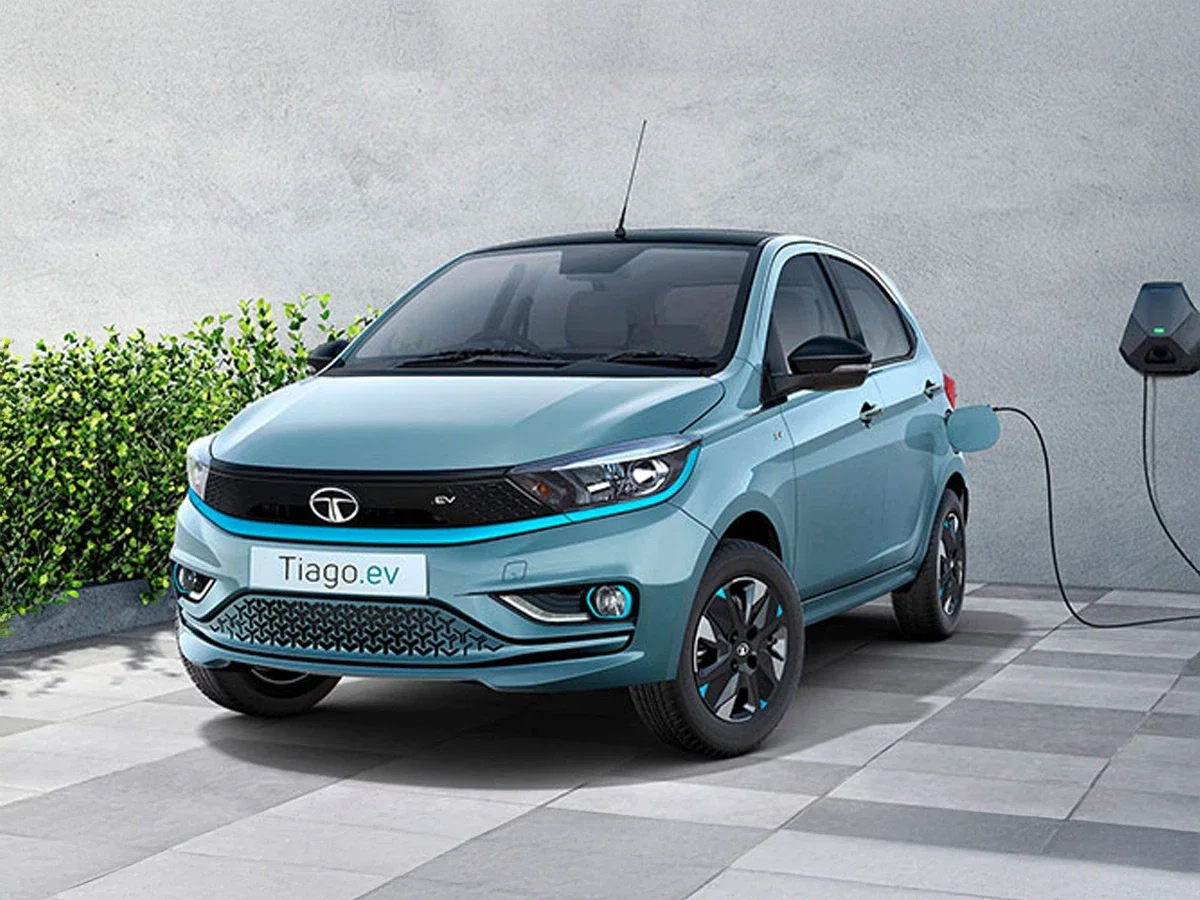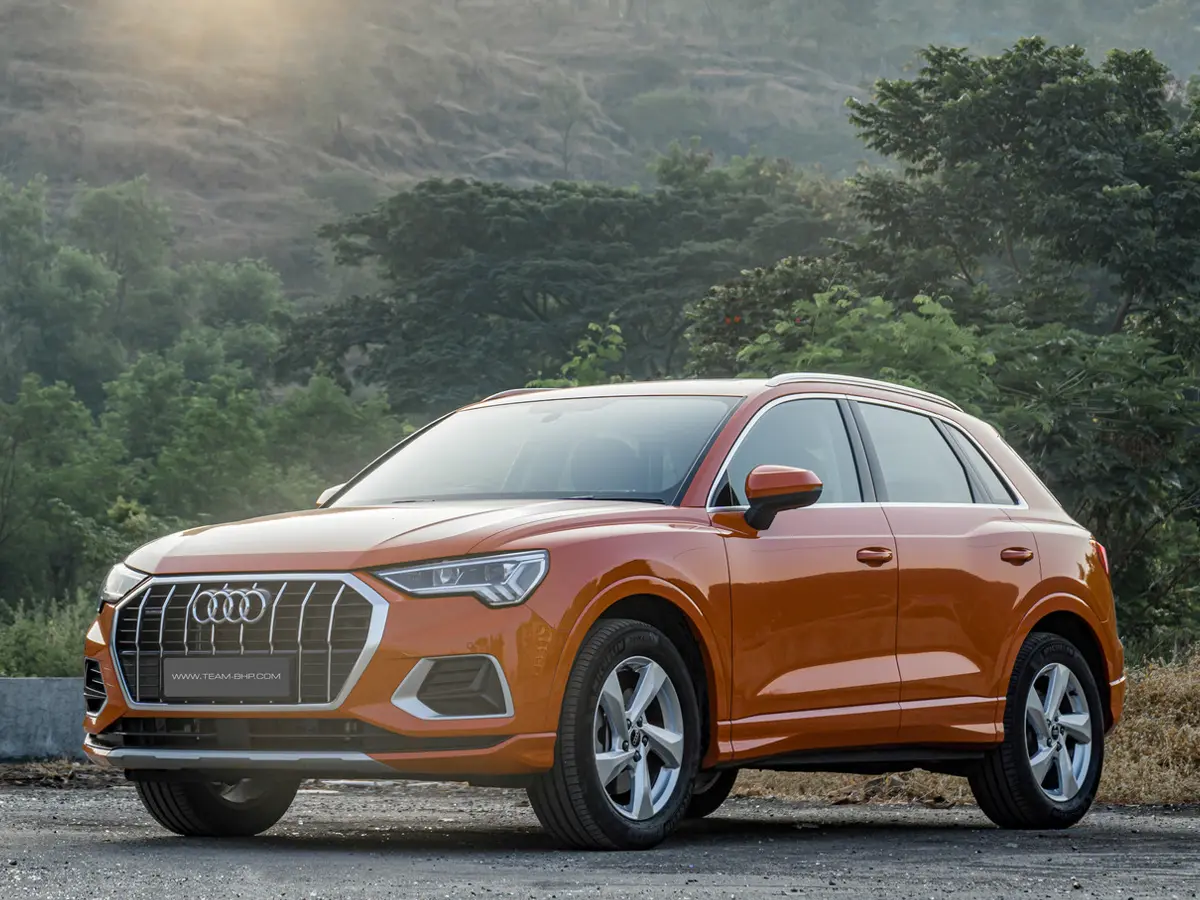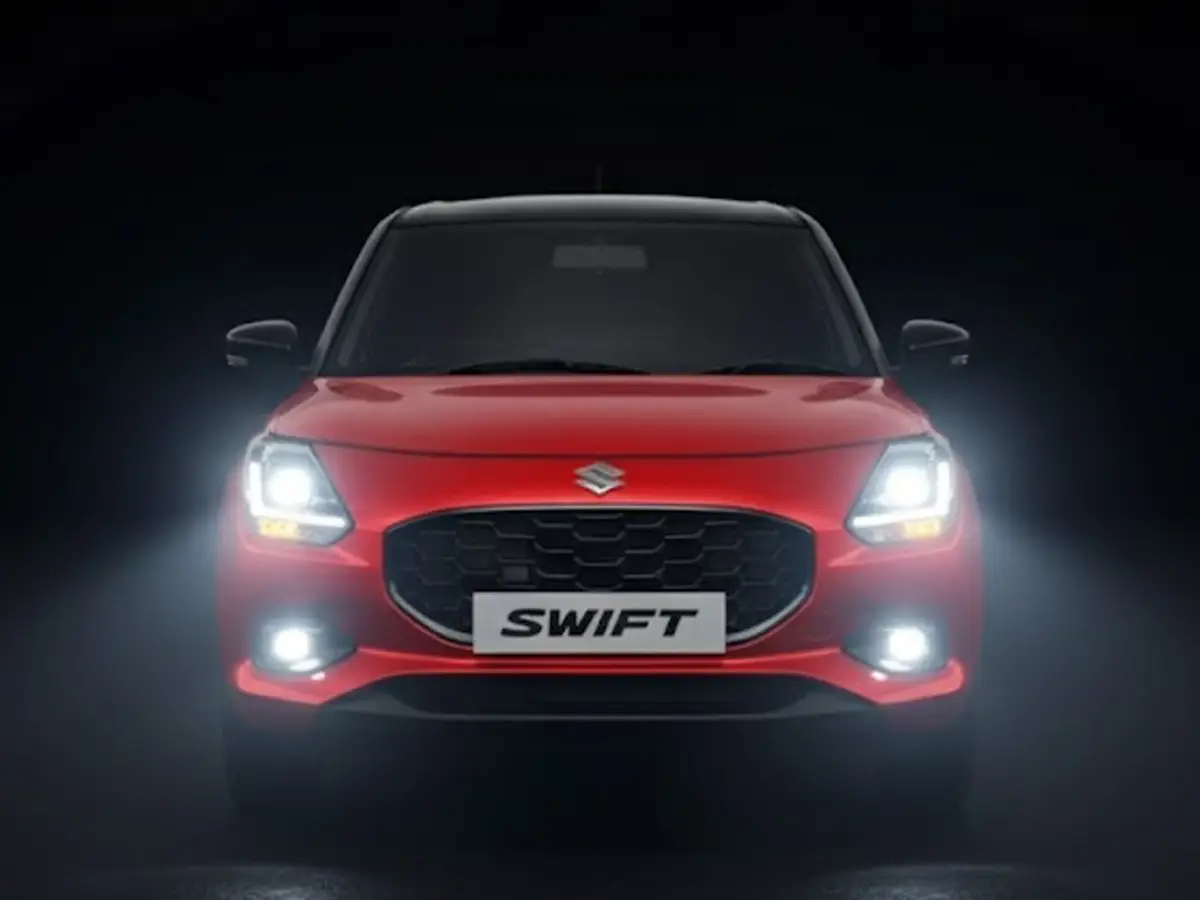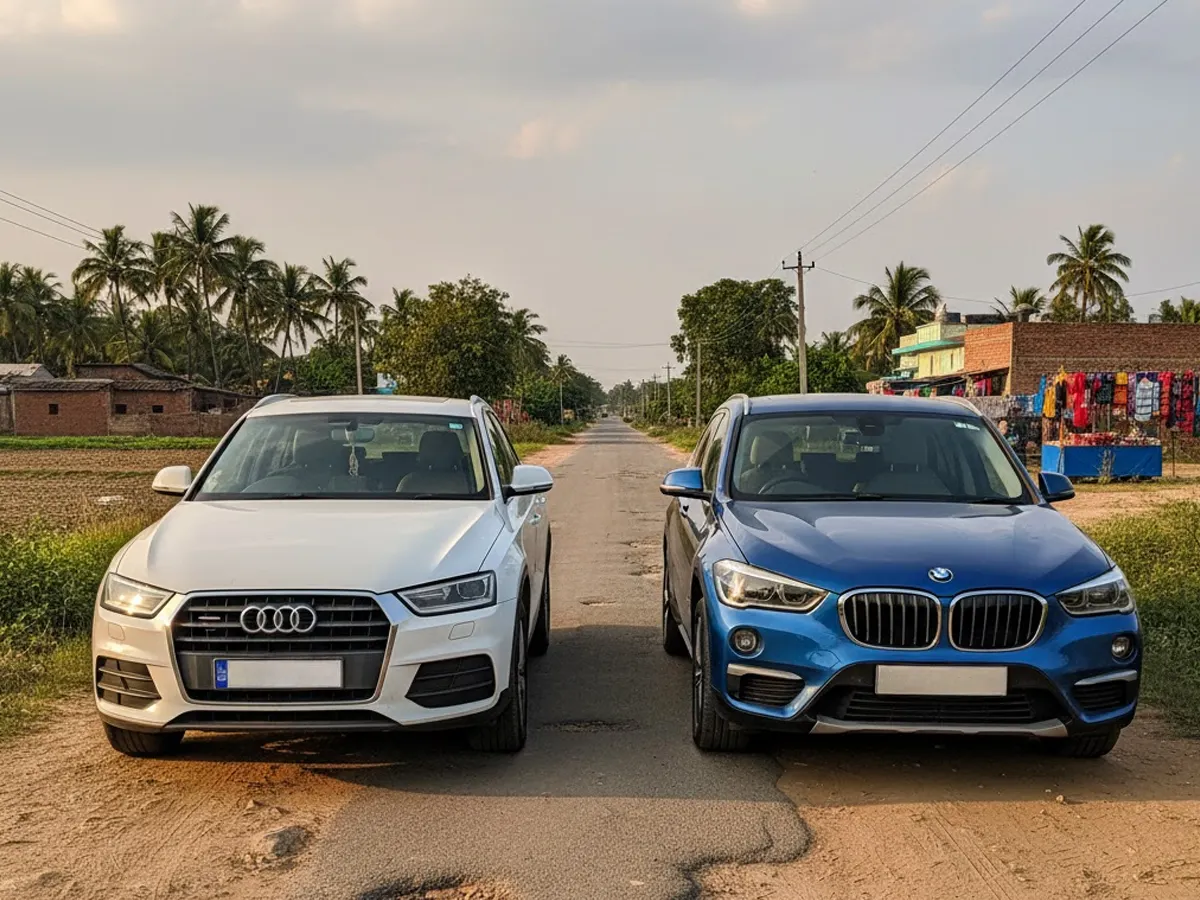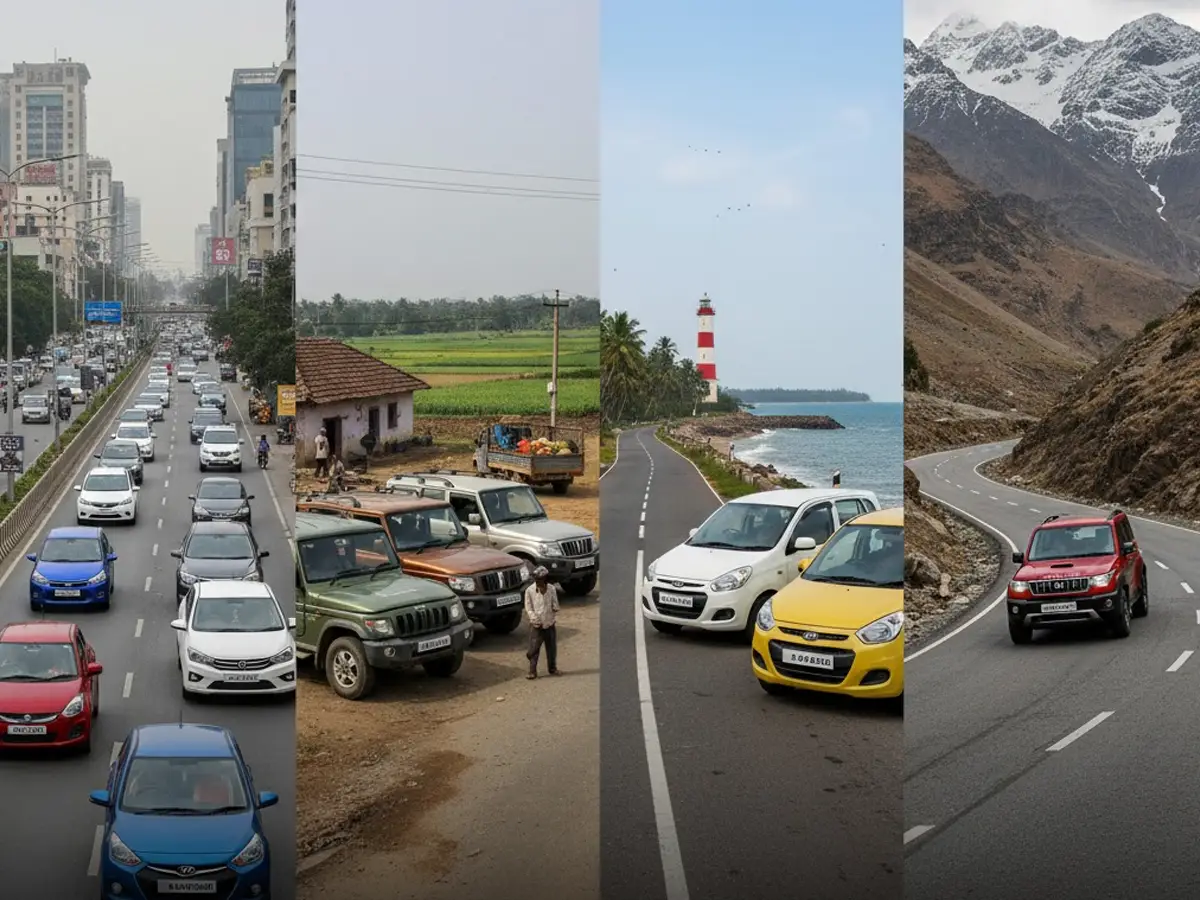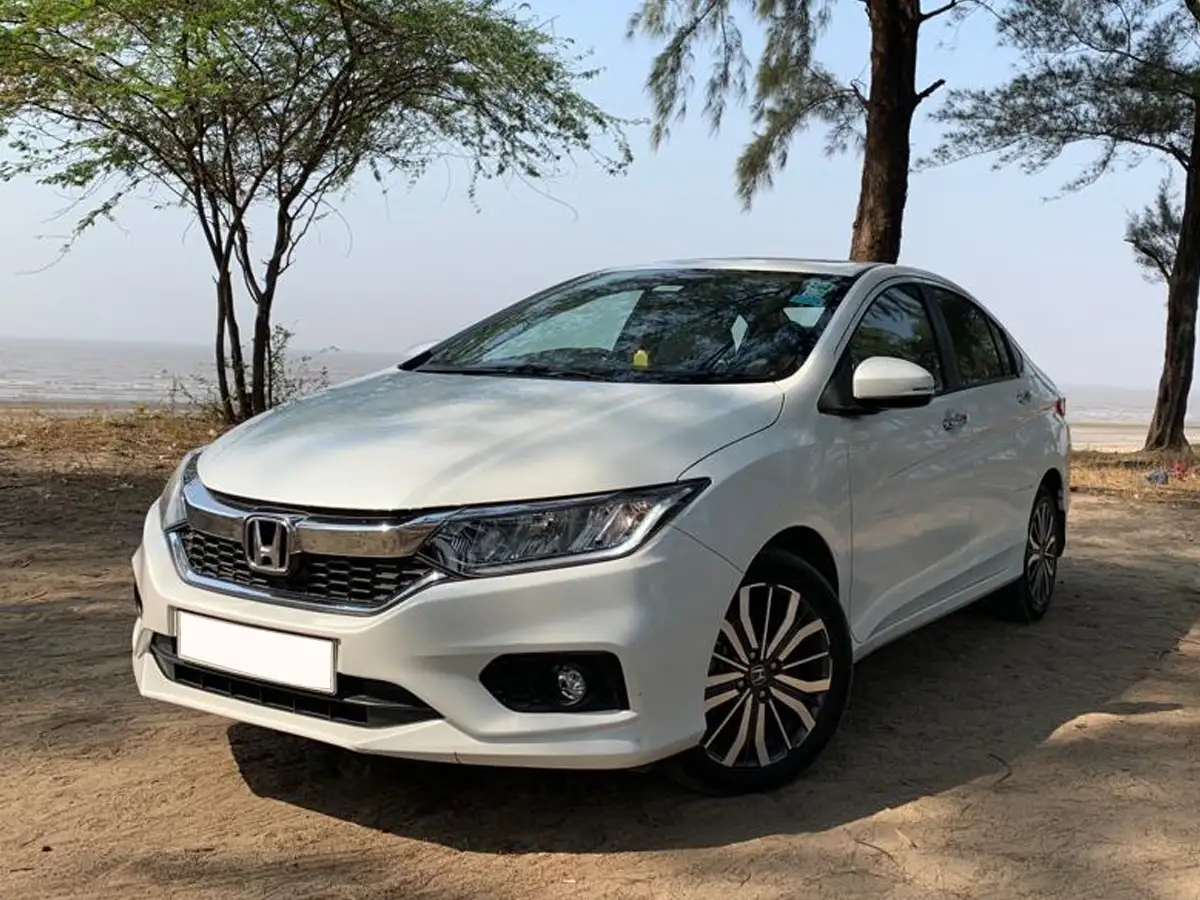

Honda City CVT vs Manual in the Used Market: Which One Wins on Resale & Mileage?
- 1Manuals still lead 83% of used Honda City sales as of 2024
- 2CVTs fetch higher resale, averaging ₹8.38 lakh in metros
- 3Manuals remain cheaper to maintain and easier to sell nationwide.
Take a look at India's used car listings and you'll see one thing: the Honda City sales never slow down. Whether it's a 2017 i-VTEC or 2021 CVT, they're in high demand, with thousands of units changing hands every month. That's precisely why the used Honda City CVT vs manual debate has become such a hot topic in 2025.
The answer is not as simple as automatic for convenience and manual for control. Resale value, demand from buyers, fuel economy, and ownership costs are all important factors here. Add to that the fact that 2nd hand Honda City resale value varies by region and transmission, and the debate is worth a closer look. So, before you put your money on the table, let's go over what the numbers, ownership stories, and resale trends actually say about which side of the Honda City you should choose.
Honda City Market Demand & Resale Value Trends

The sales split makes the picture clear. In 2024, manual transmission accounted for 83% of the total used Honda City model sales, with the remainder, 17%, being CVT. While that might seem like a small percentage, it's still above the national average of 14.6% automatics for all cars, which means that the Honda City CVT has established a stronger foothold than many of its competitors.
Here’s how the breakdown looks:
- Petrol manual: 66% of sales
- Diesel manual: 17% of sales
- Petrol automatic (CVT): 17% of sales
Manuals remain the most popular because they are cheaper to purchase, easier to maintain throughout India, and have a broader target market. In smaller cities and towns, a used Honda City manual continues to be the go-to choice due to its lower entry cost and Honda's reputation for reliable transmissions.
Automatics, on the other hand, have been increasing steadily. In 2021, manuals still had an almost 88% share, but by 2024, the share had decreased to around 84%, while CVTs gradually increased their share. In the metro markets where traffic congestion is a daily reality, the used Honda City CVT is finding stronger demand.
Resale prices reflect this trend:
- Petrol manual: averages around ₹6.04 lakh
- Diesel manual: around ₹6.67 lakh
- Petrol CVT: higher at ₹8.38 lakh
Thus, a well-maintained CVT will usually fetch a higher price than a manual, particularly in urban areas, whereas manuals are still easier to sell in semi-urban and rural markets. CVTs are growing steadily in India, but overall demand and resale are still dominated by manuals, with the exception of the metro cities, where there is an increasing preference for the convenience of automatic transmission.
Honda City Manual vs CVT Mileage
Mileage is one of the most important factors to consider when comparing the used Honda City CVT vs manual. Let's check the numbers and the ownership facts.
Honda City Manual (1.5L Petrol):
- ARAI figures: 17.8 km/l
- Real-world efficiency: 13–15 km/l depending on driving style and conditions
- Better on highways, where it can easily reach mileage over 15 km/l if driven at a constant speed.
Honda City CVT (1.5L Petrol):
- ARAI figures: 18.4 km/l
- Real-world efficiency: 12–14 km/l in urban driving
- Performs well in bumper-to-bumper traffic where the CVT maintains low revs and balanced fuel consumption.
Running Cost & Maintenance
The cost of owning a Honda City is not just about the purchase price, regular maintenance and servicing add to the overall cost. Scheduled maintenance is fairly similar for both the manual and CVT versions, with basic services every 10,000 kilometres including oil, filter and general checks. Over five years, expect around ₹35,000–₹40,000 in service bills for a well-maintained car. But do note that repairs on CVTs are expensive compared to manuals.
The manual could require a clutch replacement after 60,000 to 70,000 kilometers, while the CVT needs a change of transmission fluid after every 40,000 kilometers. Insurance premiums vary by variant but usually range from ₹20,000 to ₹34,000 per annum. Add small costs such as wheel alignment, PUC tests and tyres, and you get a clear picture of annual ownership costs.
Driving Experience & Ownership Insight
How the car feels behind the wheel is often just as important as mileage or resale, and here the manual and CVT show very different personalities.
Honda City Manual
The manual Honda City is still the pick for buyers who enjoy being in control. Its 1.5-litre i-VTEC engine is happiest when revved, and the gearbox is light, precise, and satisfying to use. On highways, the manual feels more planted and gives drivers confidence during quick overtakes. Many long-distance owners point out that this version of the City feels more connected to the road and is also simpler and cheaper to maintain over time. If driving is something you genuinely enjoy, the manual makes the City feel alive on open stretches.
Honda City CVT
The CVT version tells a very different story. Instead of excitement, it offers convenience. Without a clutch pedal to worry about, it makes daily commuting far less tiring. The transmission delivers smooth and steady progress, which is ideal for bumper-to-bumper traffic. In higher trims, Honda added paddle shifters that allow a bit more driver input and reduce the usual “rubber-band” sensation that CVTs are known for. For families and city-centric buyers, this setup takes the stress out of driving and makes the car easier to live with every day.
Who Should Pick What?
At the end of the day, the right choice depends less on the car itself and more on your driving environment and daily routine.
Used Honda City CVT
If you’re mostly driving in city traffic, the CVT is the more sensible choice. No clutch pedal means less fatigue, and the smooth drive is well-suited to urban conditions. Resale is also strong in metro areas, so you’re not losing out when it’s time to sell.
Used Honda City Manual
If you spend more time on highways or live outside the bigger cities, the manual fits better. It gives you more control, is cheaper to maintain in the long run, and appeals to a larger pool of second-hand buyers. From a pure value perspective, it’s still the safer pick if you want predictable ownership and easier resale across India.
Summary
The used Honda City CVT vs manual comparison isn’t a case of one being outright better than the other, it comes down to how and where you drive. Manuals continue to dominate in terms of sales share and remain the go-to option for buyers who prioritise affordability, highway efficiency, and nationwide resale strength.
On the other hand, CVTs are steadily gaining ground in metros. For buyers dealing with daily traffic, the comfort and ease of an automatic make it worth paying the premium, and resale values in urban markets reflect that shift. If your day-to-day is about long drives and keeping costs predictable, the manual makes more sense. If your routine is city-centric and convenience is top priority, the CVT will serve you better and you won’t struggle when it’s time to resell.
Frequently Asked Questions
Expand all



